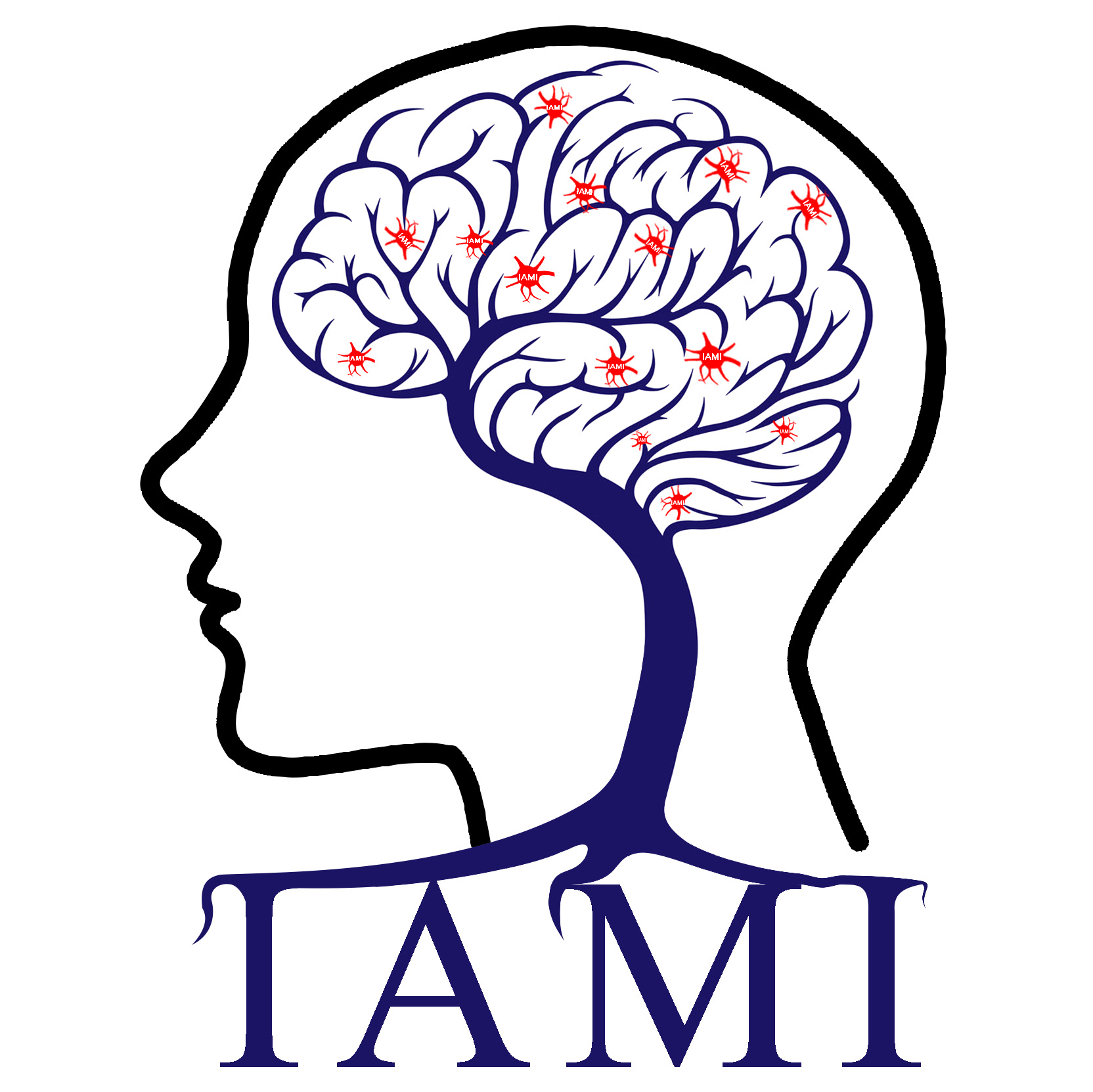
杜宇慧个人网页---智能医学图像分析
地址:中国, 太原
Zening Fu*, Yiheng Tu, Xin Di, Yuhui Du, G. D. Pearlson, J. A. Turner, Bharat B Biswal, Zhiguo Zhang, V. D. Calhoun. Characterizing dynamic amplitude of low-frequency fluctuation and its relationship with dynamic functional connectivity: An application to Schizophrenia. NeuroImage, 2018, 180: 619-631.
时间:2019-06-12 16:30:04 来源: 点击:[1653]
Abstract
The human brain is a highly dynamic system with non-stationary neural activity and rapidly-changing neural interaction. Resting-state dynamic functional connectivity (dFC) has been widely studied during recent years, and the emerging aberrant dFC patterns have been identified as important features of many mental disorders such as schizophrenia (SZ). However, only focusing on the time-varying patterns in FC is not enough, since the local neural activity itself (in contrast to the inter-connectivity) is also found to be highly fluctuating from research using high-temporal-resolution imaging techniques. Exploring the time-varying patterns in brain activity and their relationships with time-varying brain connectivity is important for advancing our understanding of the co-evolutionary property of brain network and the underlying mechanism of brain dynamics. In this study, we introduced a framework for characterizing time-varying brain activity and exploring its associations with time-varying brain connectivity, and applied this framework to a resting-state fMRI dataset including 151 SZ patients and 163 age- and gender matched healthy controls (HCs). In this framework, 48 brain regions were first identified as intrinsic connectivity networks (ICNs) using group independent component analysis (GICA). A sliding window approach was then adopted for the estimation of dynamic amplitude of low-frequency fluctuation (dALFF) and dFC, which were used to measure time-varying brain activity and time-varying brain connectivity respectively. The dALFF was further clustered into six reoccurring states by the k-means clustering method and the group difference in occurrences of dALFF states was explored. Lastly, correlation coefficients between dALFF and dFC were calculated and the group difference in these dALFF-dFC correlations was explored. Our results suggested that 1) ALFF of brain regions was highly fluctuating during the resting-state and such dynamic patterns are altered in SZ, 2) dALFF and dFC were correlated in time and their correlations are altered in SZ. The overall results support and expand prior work on abnormalities of brain activity, static FC (sFC) and dFC in SZ, and provide new evidence on aberrant time-varying brain activity and its associations with brain connectivity in SZ, which might underscore the disrupted brain cognitive functions in this mental disorder.

 您当前的位置:
您当前的位置: